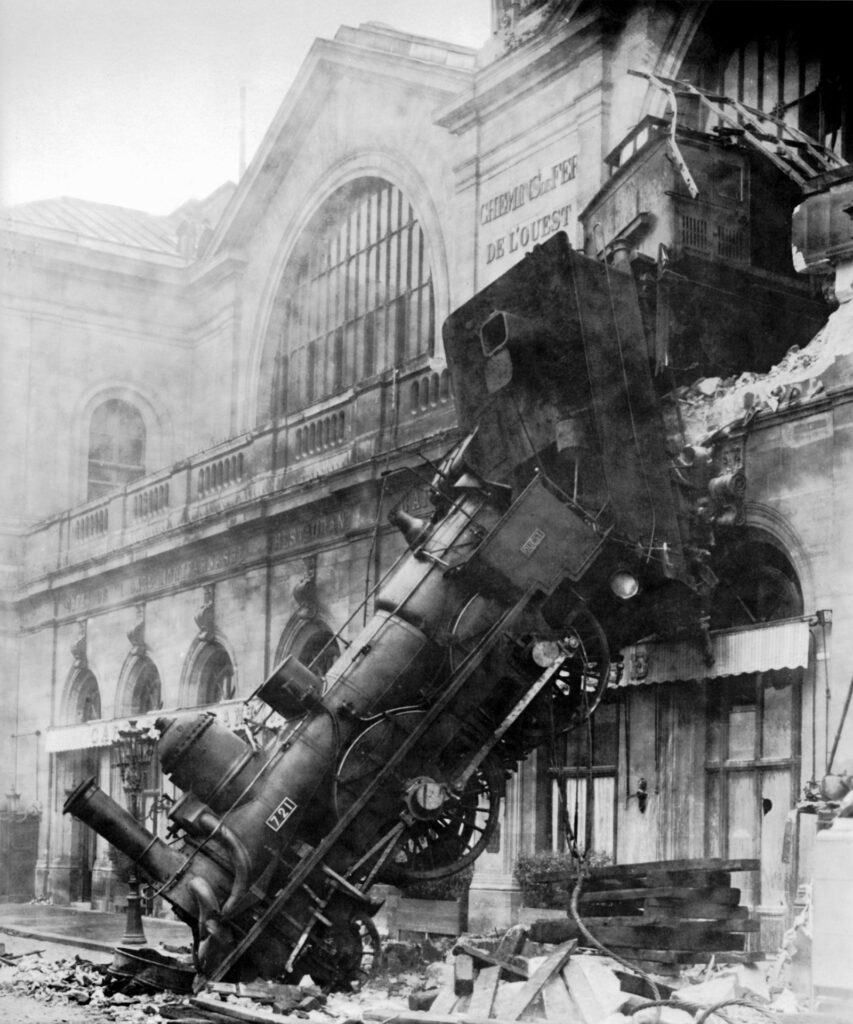RAILROAD ACCIDENTS
Railroad accidents have been a significant concern since the inception of rail travel. Despite technological advances and increased safety regulations, train crashes continue, resulting in substantial loss of life and property damage. This essay will explore the history of railroad accidents, their causes, consequences, and measures to prevent them.
Railroad accidents have a long and complex history, dating back to the early days of rail travel. The first recorded railway accident occurred in 1830 in Manchester, England, when the locomotive’s boiler exploded, killing two people and injuring several others. The first significant railroad accident in the United States occurred in 1833 when an engine exploded on the Camden and Amboy Railroad, killing several people.
Mid-19th Century, Rail Travel
As rail travel became more widespread, so did the number of accidents. By the mid-19th century, rail travel was the most common mode of transportation in the United States, and casualties were becoming more frequent. In 1853, the New York and New Haven Railroad experienced a catastrophic derailment, resulting in 48 deaths and over 100 injuries.
The causes of railroad accidents can be divided into two broad categories: human error and mechanical failure. Human error is the most common cause of train accidents, accounting for over 80% of all incidents. This includes mistakes by train operators, signal maintainers, and maintenance crews. Mechanical failures, such as defective equipment, track, and equipment failure, account for the remaining 20% of accidents.
Human Error can take many forms.
Train operators may exceed speed limits, run red signals, or fail to control their trains properly. Signal maintainers may fail to maintain or repair signs, leading to training miscommunications. Maintenance crews may forget to keep equipment or track properly, leading to equipment failures or derailments.
Mechanical failures can also take many forms. Defective equipment, such as faulty brakes or couplers, can cause accidents. Track defects, such as broken rails or improperly aligned switches, can cause derailments. Equipment failures, such as engines or transmissions, can cause accidents.
The consequences of railroad accidents can be significant
In addition to the loss of life and injury, accidents can result in substantial property damage, including trains, tracks, and other infrastructure damage. Accidents can also result in economic losses due to the disruption of transportation services.
One of the most significant railroad accidents recently occurred in Lac-Mégantic, Quebec, Canada, on July 6, 2013. A runaway train carrying crude oil derailed in the center of the town, causing a massive explosion and fire that destroyed several buildings and killed 47 people. The accident also caused significant environmental damage, with over 1.5 million gallons of crude oil spilled into the surrounding area.
Another significant accident occurred in Santiago de Compostela, Spain, on July 24, 2013. A high-speed passenger train derailed on a curve, killing 80 people and injuring over 140 others. The accident was attributed to the train operator exceeding the speed limit and failing to control the train properly.
Measures to prevent railroad accidents have evolved. Safety regulations were minimal in the early days of rail travel, and accidents were common. As the number and severity of accidents increased, safety regulations became more stringent. Today, rail travel is one of the safest modes of transportation, with safety regulations that are among the most comprehensive and strict in the world.
Positive Train Control (“PTC”)
One of the most significant safety measures implemented in recent years is positive train control (PTC). PTC is a system that automatically controls train speeds and movements to prevent collisions, derailments, and other accidents. The system uses a combination of GPS, wireless communication, and onboard computers to monitor train locations and speeds, apply brakes, or take other actions as needed.
In conclusion
Railroad accidents have been a significant concern since the beginning of rail travel, with human error and mechanical failures being the leading causes. The consequences of such accidents can be severe, resulting in the loss of life, property damage, and economic losses. However, safety regulations have become more stringent over time, and measures such as positive train control have been implemented to prevent accidents. While accidents may still occur, the continued efforts to improve safety measures and technology have made rail travel one of the safest modes of transportation available today.


